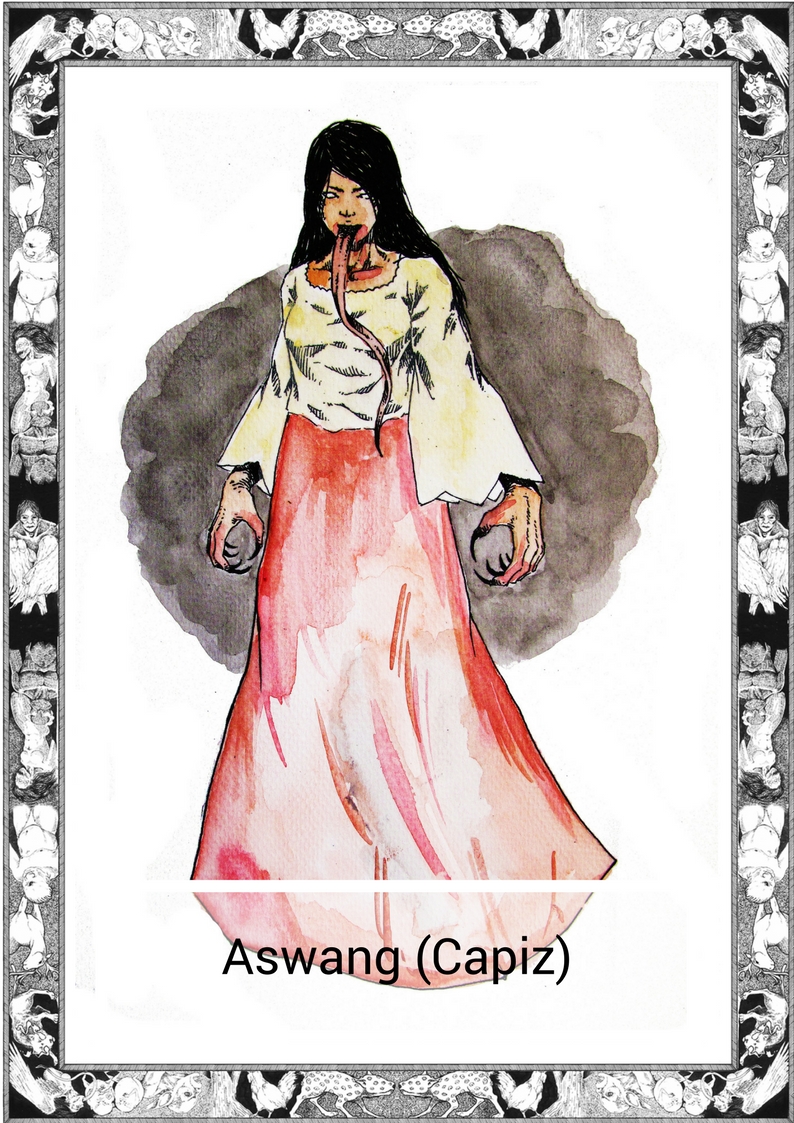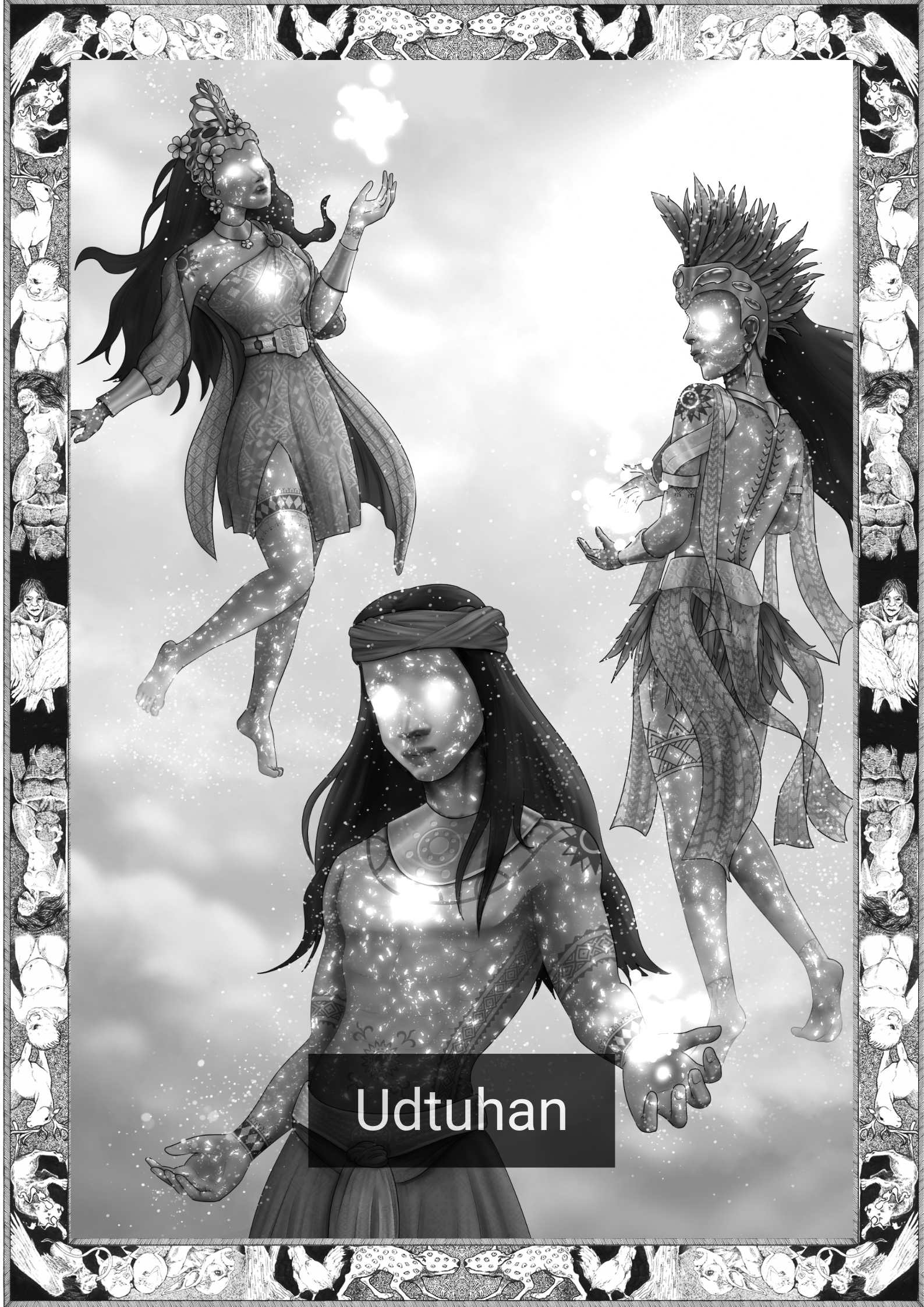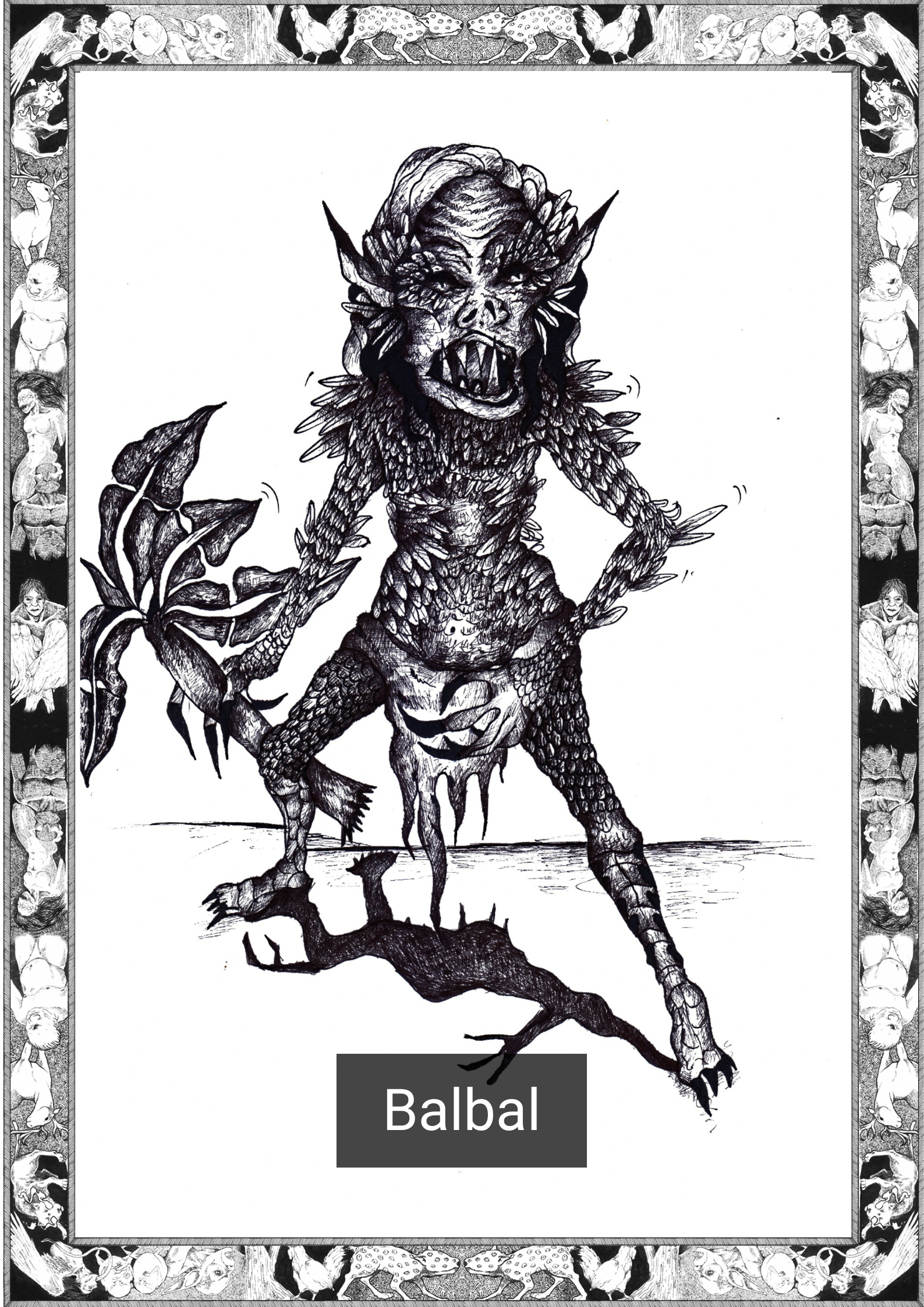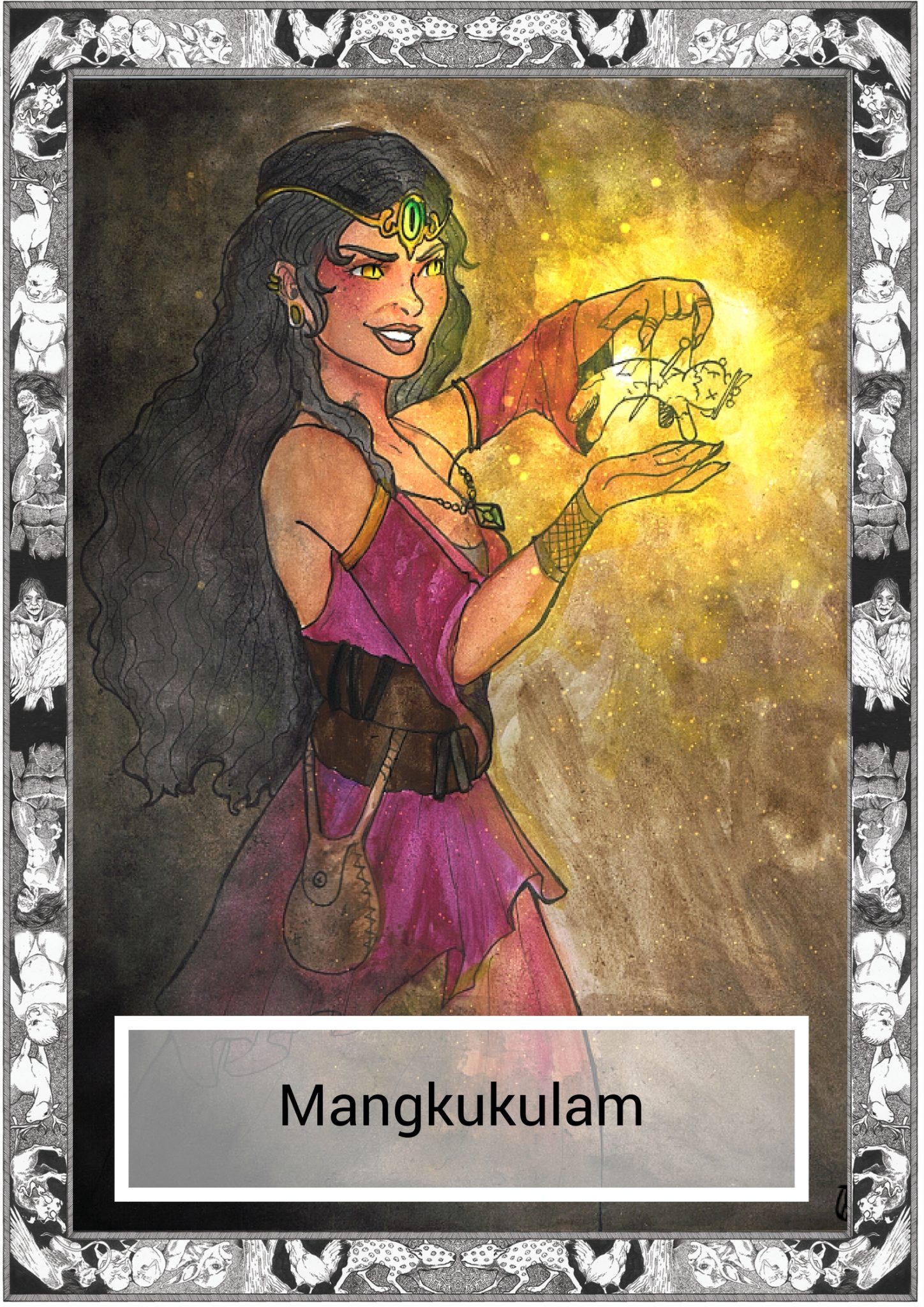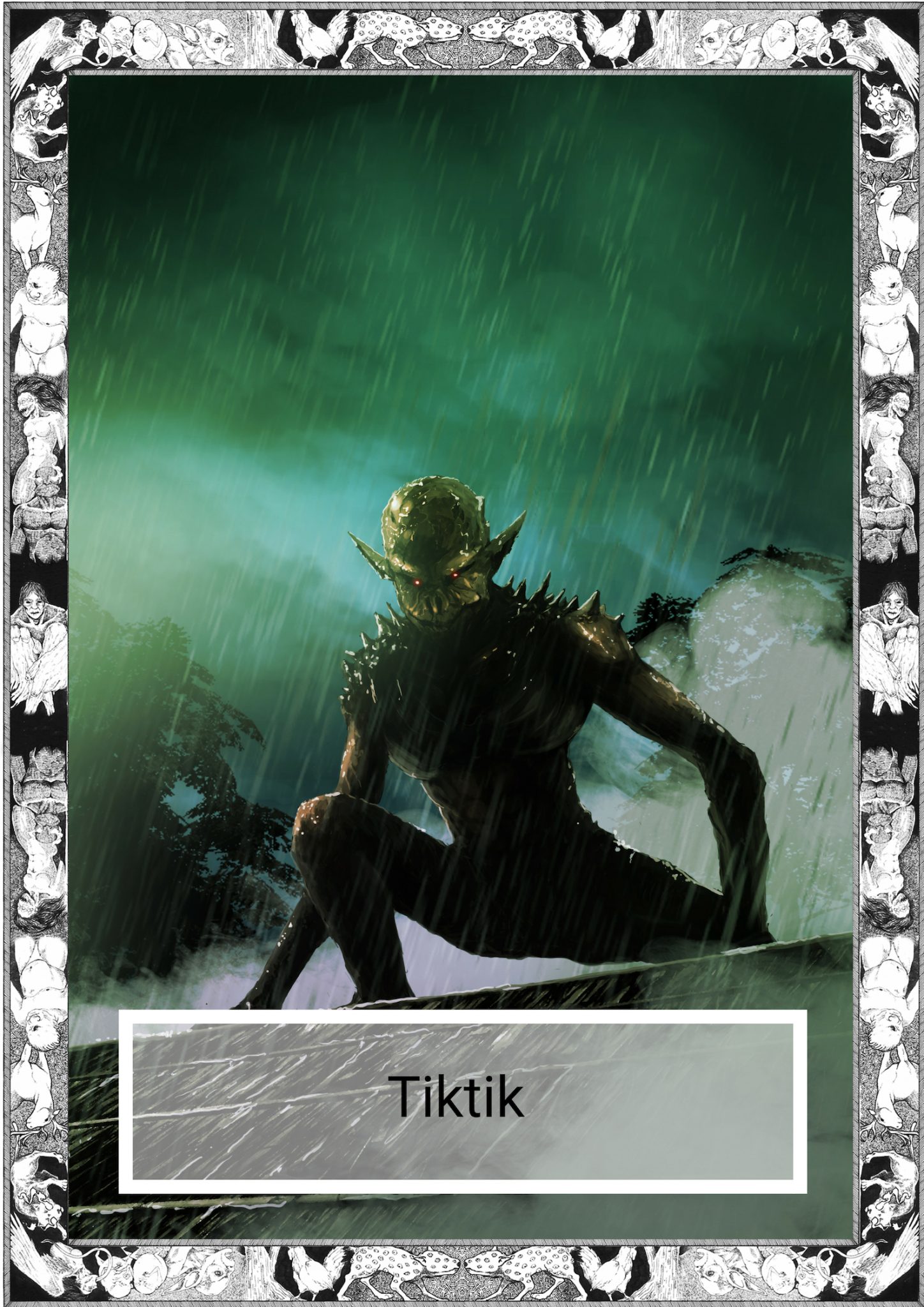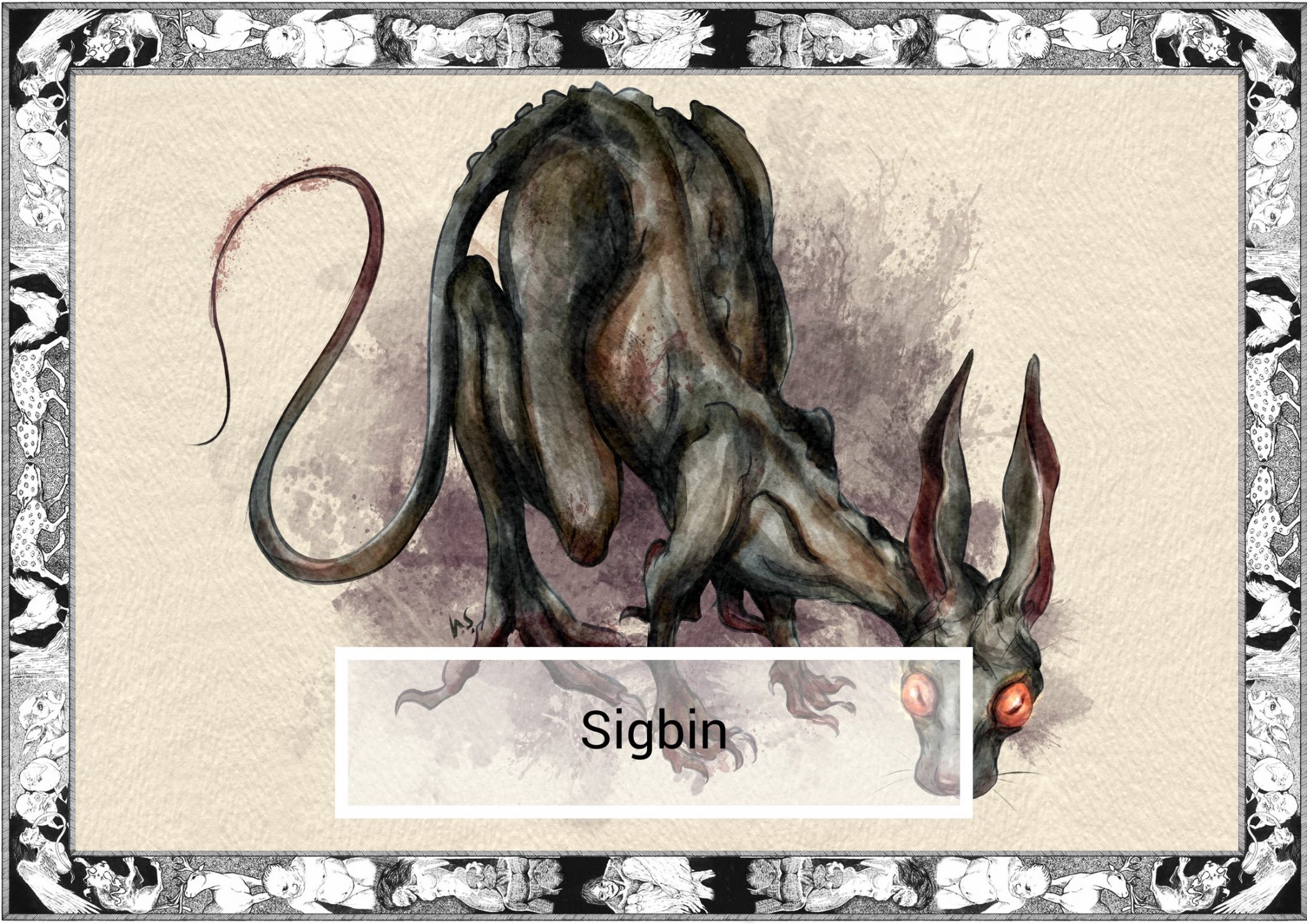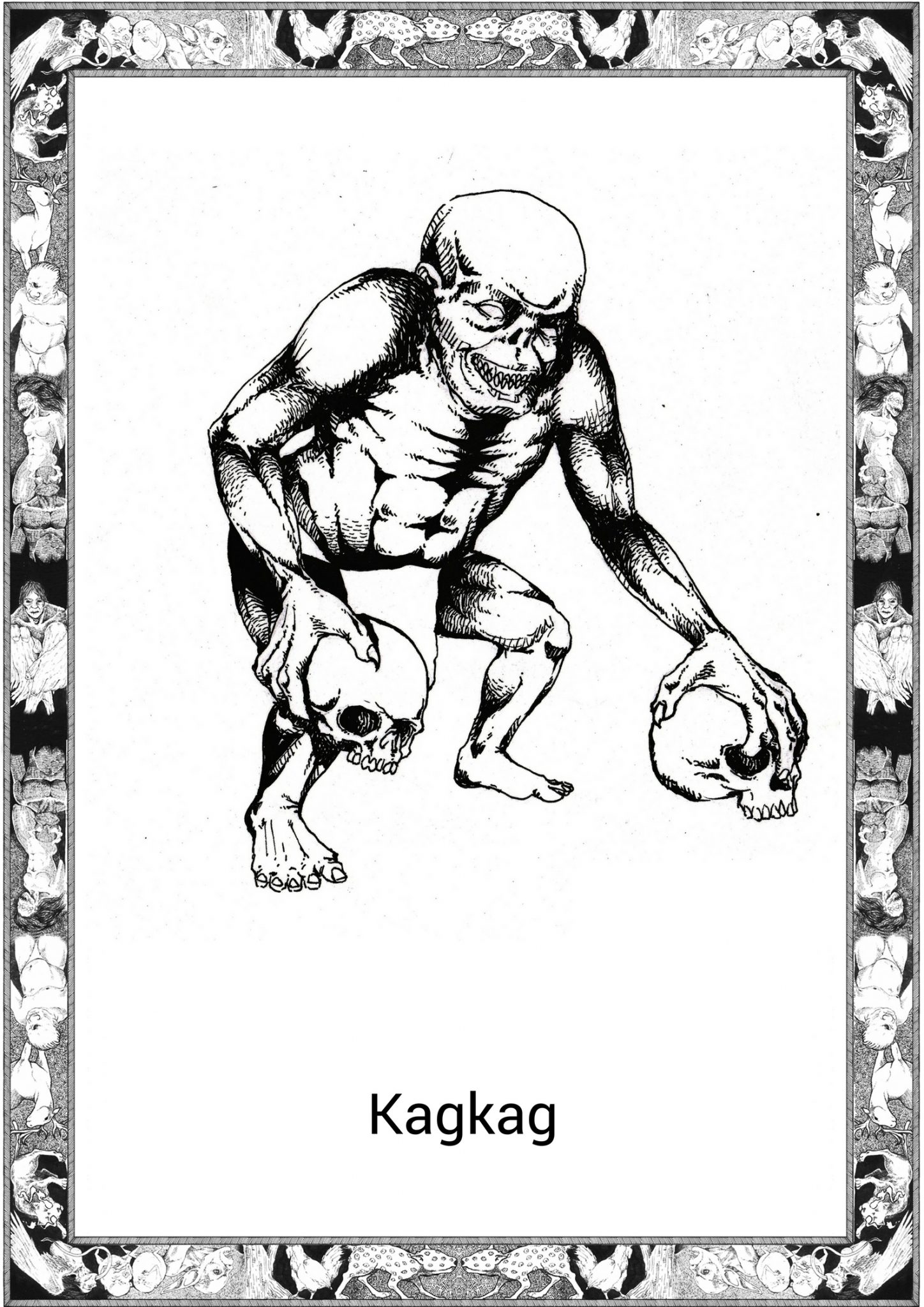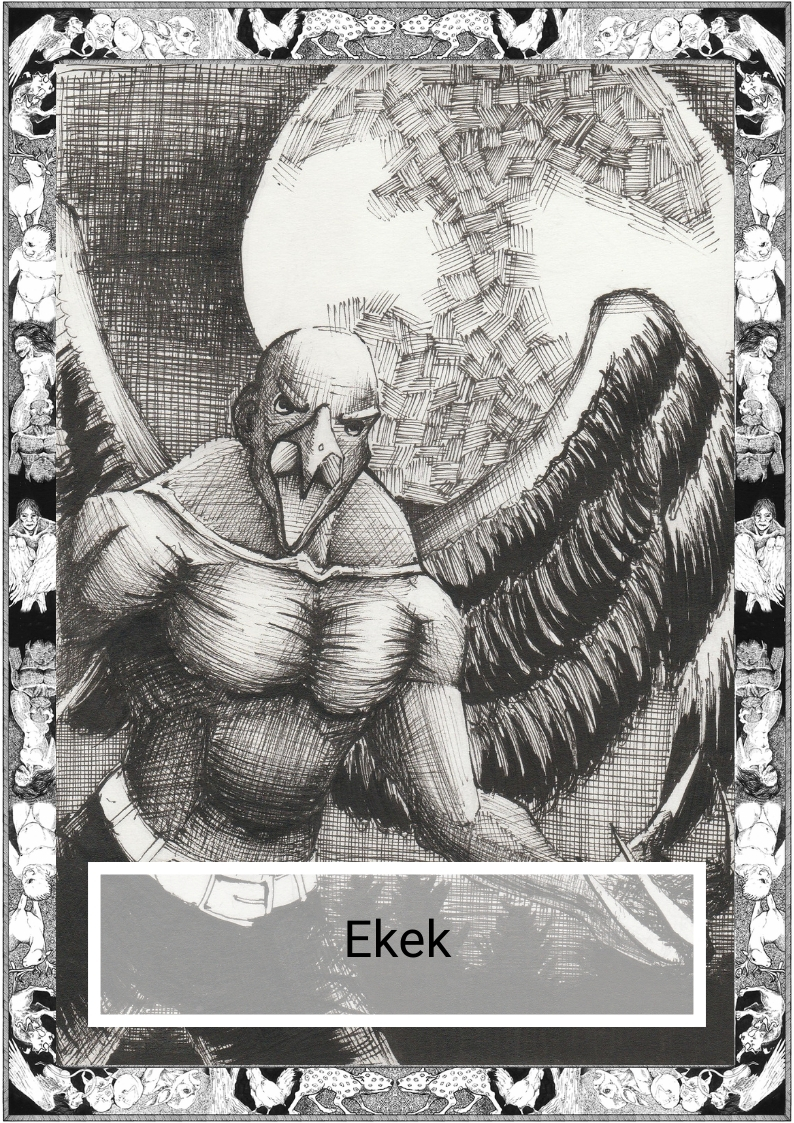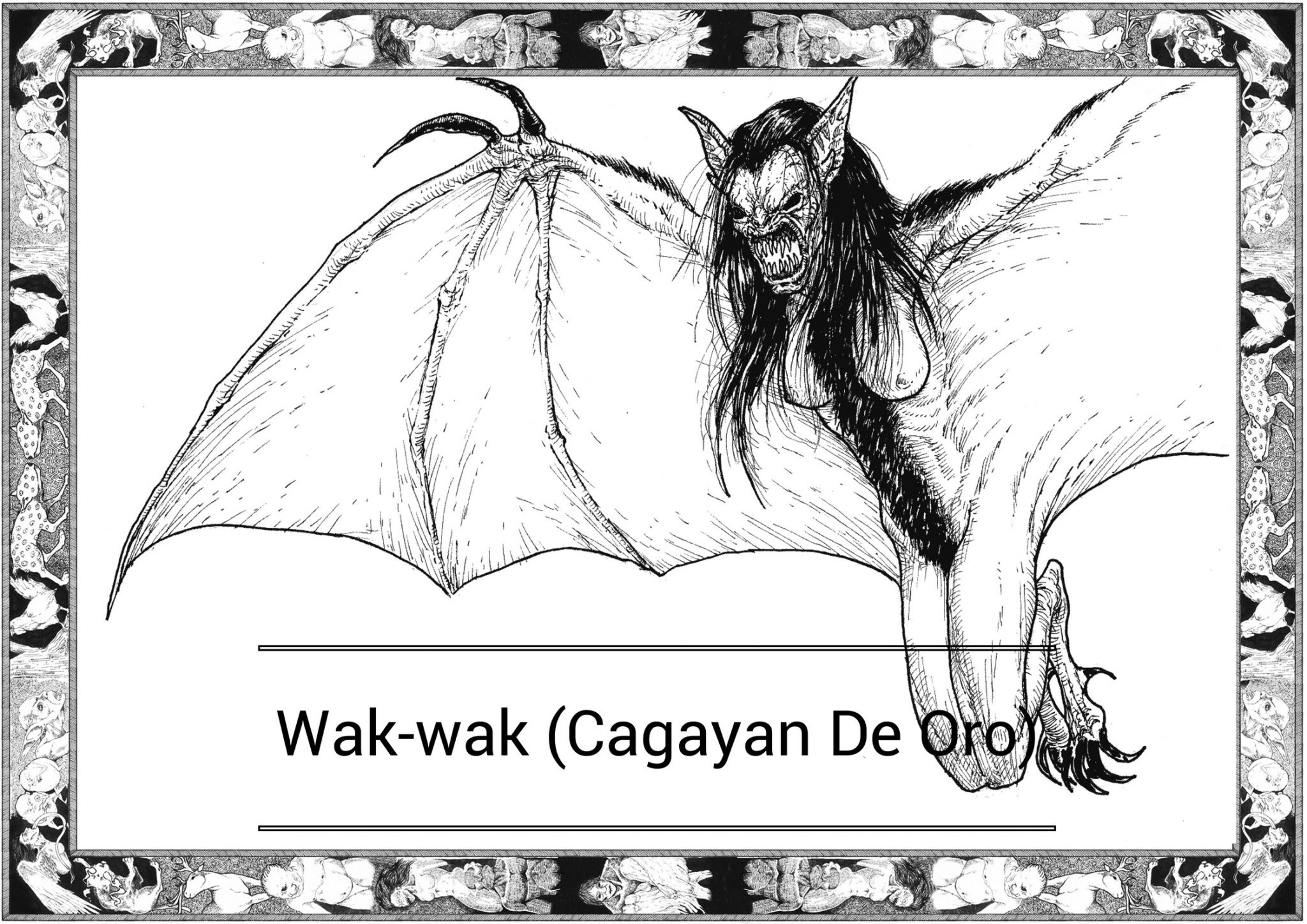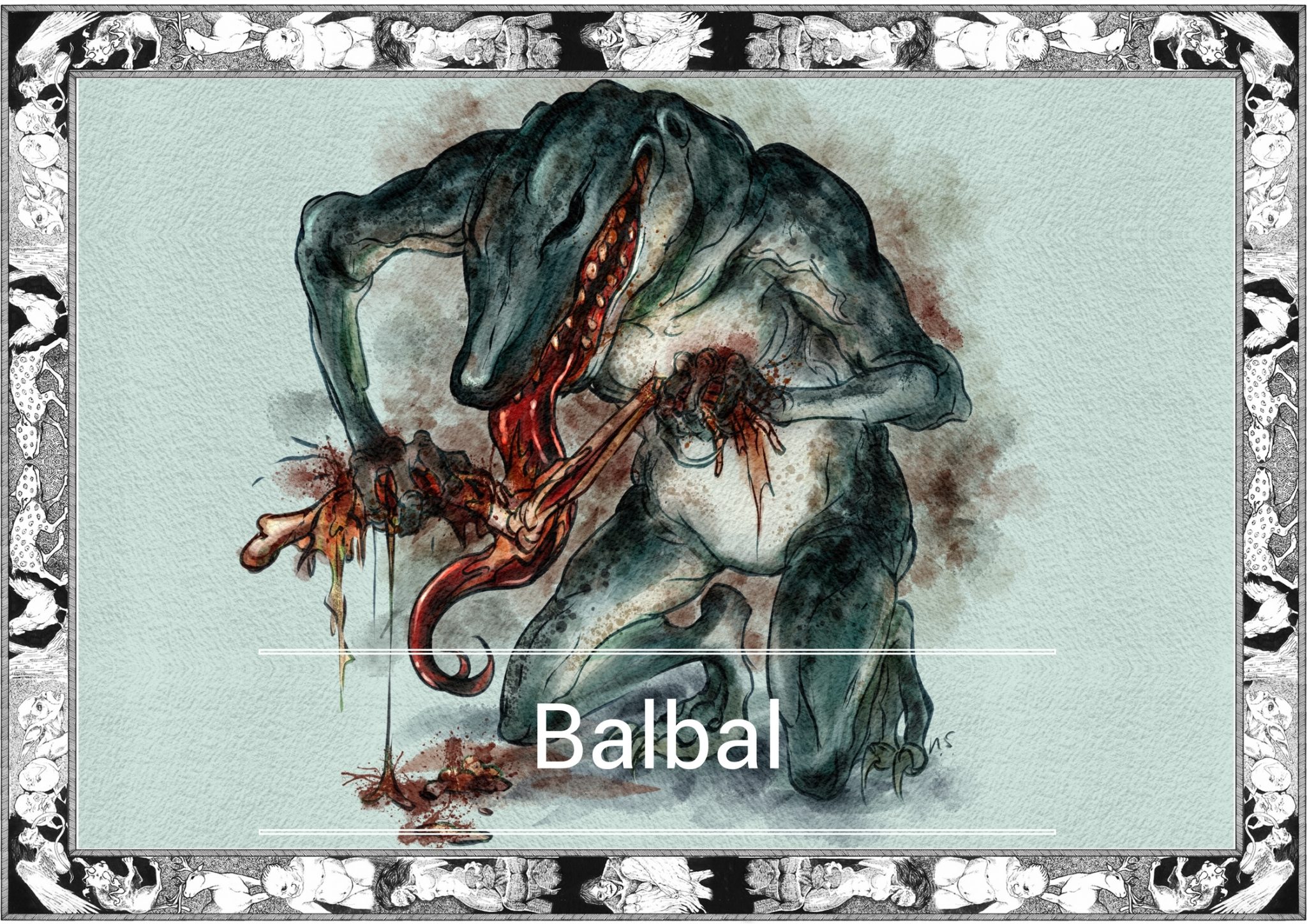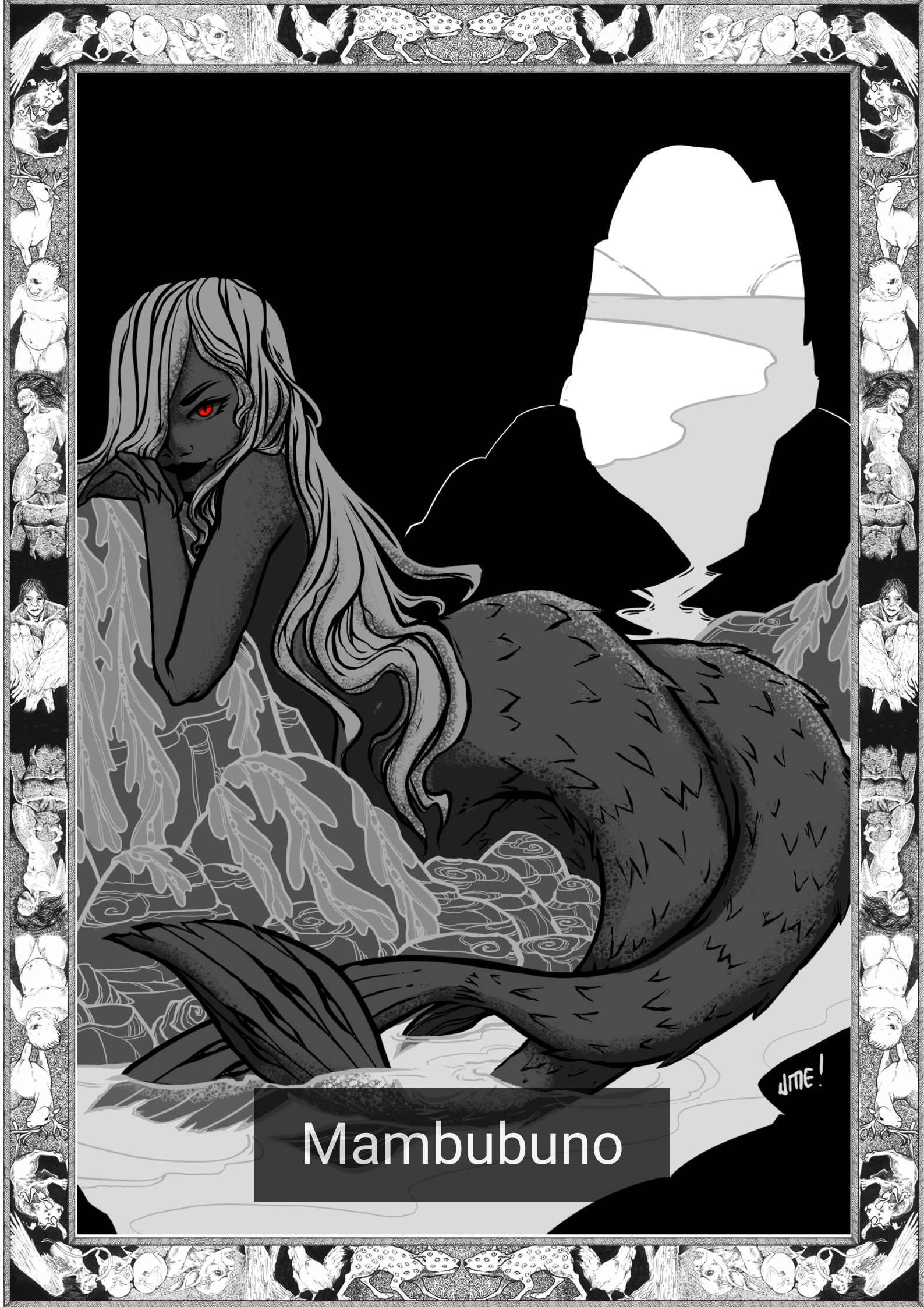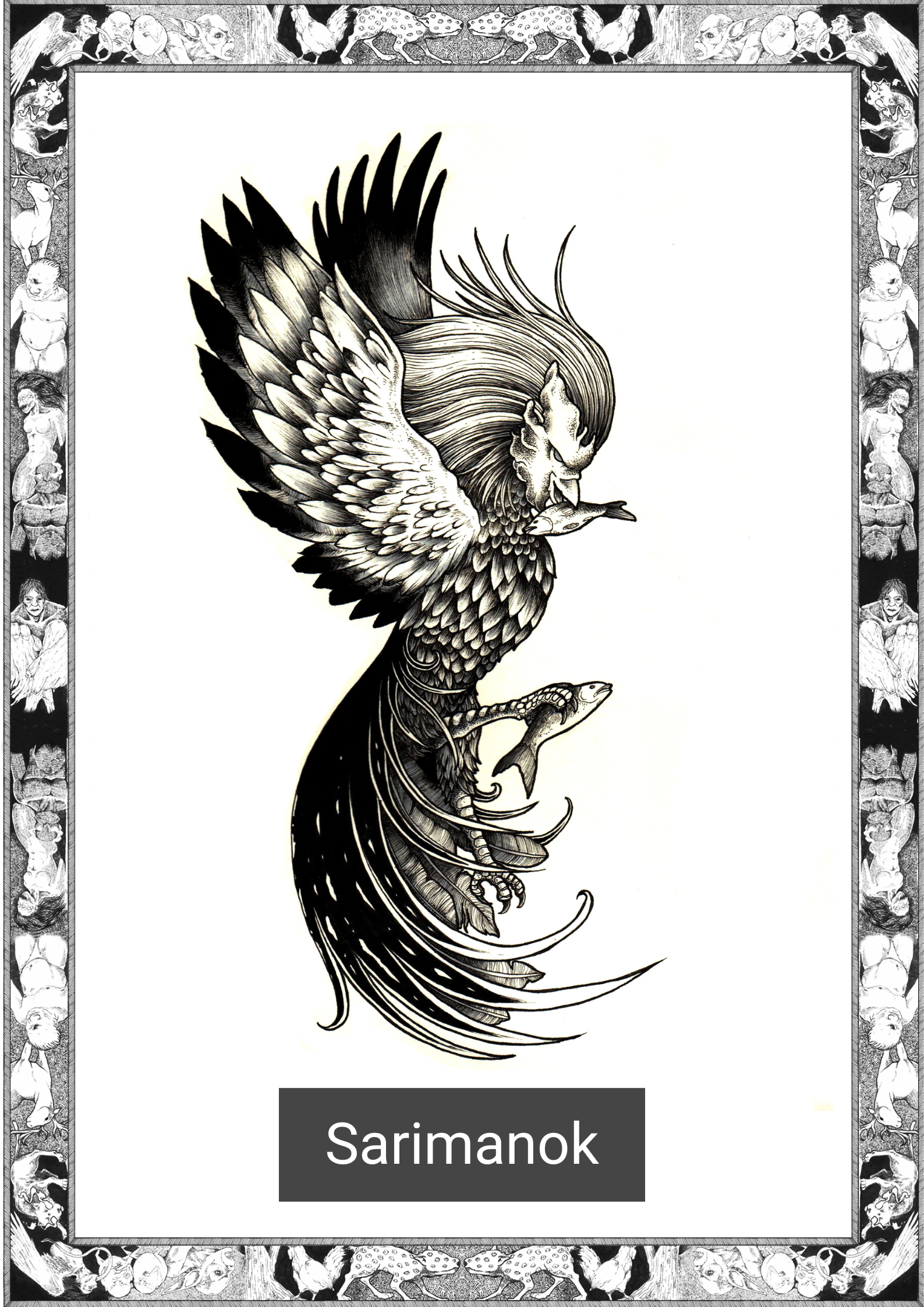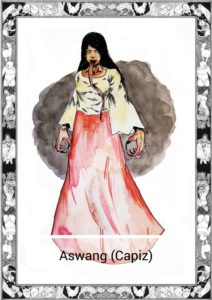
*Note this story is in Bicol-Naga
Tano ta kinakatakutan mo ang kagadanan?
Maistorya ako saimo.
Kaidtong haloy nang panahon may mayaman na babaye nakaistar harane sa dagat. Habo siya ning manga bisita ta husto na sana ang katuninongan dulot kan saiyang dakulang harong. Aldaw-banggi yaon siya sa baybayon, sinasaro-saro an mga bituon siring man ang tipasi kan baybay.
Solomente ang amigo niya, bako ine ordinaryong persona, ta bako man tawo. Ini-ibahan siya ni anino ni kagadanan para maginhawaan ang saiyang kapungawan. Enot na nagkatuparan ang duwa kan nagadan si ina kan babaye. Dae arog sa kadaklan na tawo, mayong takot ang babaye na nagtaong-galang sa anino ni kagadanan.
“Tano ta dae ka nagdalagan sa takot?” Naghapot ang anino. “Ta ika parte sa pag-gibo nin kagayunan kan buhay.”
Nungka nadangog kan anino ni kagadnan na siya magayon o may gayon asin ine dae huminale sagkod na natapos ang larao. Iyan ang ritual na naproprotektar sa hawak kan ina o siisay man na gadan sa manga malaen o gustong mag-kulog kaine. Namoot ang anino sa babaye ta siya pa sana na tawo ang nagtao nin totoong galang ki kagadanan.
Si anino ni kagadanan maselos asin gusto na masadire ang babaye. Sinonod niya ang babaye sa baybayon asin pinagisipan na lunudon para sagkod pa man nakakugos saiya ang babaye.
Kaya lang bako man tonta ineng babaye. Naaraman niya ang plano ni anino. Naghale siya sa harong asin binisita ang saiyang lola. Kawasa ang lola niya poderoso o may kusog na sinayumahan niya kaidto. Paabot na si anino, dae nang padudumanan ang babaye.
Nangalas si anino kan na-abotan ang babaye. Mayong kagadanan ang nagin ni babaye, mayo nang kugos ang makokomple ni anino.
Pero dae binayaan ni babaye si anino. Aram-araman niya ang katikasan kan pigtiwalaan na amigo, asin mayo muna siya mapahingalo sagkod na makabalos. Kada mina-mayong galang ang kagadanan sa pa-agi nin larao, yaon ang babaye duman. Ta ang magrapak iyo ang premio ni anino.
Dae mo katakutan ang kagadanan.
Katakutan mo ang kasunod.
=———————————————————-=
English Version
Why should you fear death?
Let me tell you a story.
A long time ago, there was a rich woman who lived by the sea. She would not have any visitors, for she liked the quiet that her large house gave her. She would spend her days and nights by the beach, counting each star and each grain of sand.
She had but one friend, not like any person in the world, for it was not a person at all. The shadow of death would spend time with her to ease her loneliness. They first met when death’s shadow claimed the woman’s mother. She was not afraid as most people would have been and greeted the shadow politely.
“Why are you not running in fear?” The shadow asked. “You are part of what makes life beautiful.” The woman answered.
Death’s shadow had never been called beautiful before and it stayed until the woman finished the larao, the ritual ceremony to protect her mother’s body from those that would harm it after death. The shadow fell in love with the woman then, for it had never met a human who respected death such as she did.
Death’s shadow was a jealous thing and it wanted the woman all to itself. It had followed her to the seaside and had planned to drown the woman, so that she may be in death’s embrace forever.
The woman was no fool, though and knew what the shadow had planned. She left her house and visited her grandmother. For you see, the old woman had great power that was once rejected by her granddaughter. The woman had no choice, death’s shadow was approaching.
When the shadow caught up to the woman it was surprised. She had become deathless, she would never know the shadow’s embrace.
The woman would not leave death’s shadow though. She had known the betrayal of a trusted friend, and she would not rest until she had her revenge. Every time death was not respected through the larao, she would be there. Desecrating what would have been the shadow’s prize.
You should not fear death.
Fear what comes after.
=———————————————————————=
*Central Bicol, commonly called Bicol Naga, is the most-spoken language in the Bicol Region of southern Luzon, Philippines. It is spoken in the northern and western part of Camarines Sur, second congressional district of Camarines Norte, eastern part of Albay, northeastern part of Sorsogon, San Pascual town in Masbate, and southwestern part of Catanduanes. Central Bicol speakers can be found in all provinces of Bicol and it is a majority language in Camarines Sur.
Written by Karl Gaverza
Bicol Translation by Patricia P. SanJose
Copyright © Karl Gaverza
Translation Copyright © Patricia P. SanJose
Inspired by the Aswang (Capiz) description in Creatures of Philippine Lower Mythology. Ramos. 1971.
Aswang (Capiz) Illustration by Leandro Geniston from Aklat ng mga Anito
FB: That Guy With A Pen
Watercolor by Catherine Chiu
FB: Wildling Child
IG: https://www.instagram.com/
